Step into a realm of nostalgia as we embark on a journey through the annals of pop culture and bid farewell to 35 recently obsolete technologies. In the ever-evolving landscape of innovation, certain once-beloved technologies that shaped our entertainment, communication, and daily lives have faded into the background, replaced by more advanced counterparts. Join us in reminiscing about the gadgets, devices, and cultural phenomena that have taken their final bow, leaving a trail of memories and a testament to the relentless march of progress.
The List of 35 Recently Obsolete Technologies
35. 8-Track Players

Stereo 8, commonly known as 8-track tape, was a magnetic tape sound technology that gained popularity in the United States from the 1960s and remained prevalent until its obsolescence in the 1980s. Predominantly located in cars, these players distinguished themselves by eliminating the need to flip the tape over to continue playing more songs, a feature present in standard cassette tapes.
34. Apple iPods

Similar to MP3 players, this music player has become obsolete due to the emergence of services like Spotify and the convenient access to music on smartphones.
Apple recently decided to discontinue the Apple iPod. Much like MP3 players, this iconic music player has been overshadowed by the prevalence of services like Spotify and the effortless accessibility of music on smartphones.
33. Calculator Watches

During our school days, teachers emphasized the importance of learning math, claiming we wouldn’t always have a calculator in our pocket.
However, we soon acquired one on our wrist with the advent of Casio calculator watches. At that time, this was considered a modern marvel. Simultaneously, there was a watch that doubled as a TV remote control. Nevertheless, these innovations now appear antiquated compared to the all-encompassing smartphones in our pockets.
32. The Clapper

The Clapper, a straightforward device, could be plugged into a wall socket, enabling the user to turn devices or lights on and off with a mere clap of their hands.
While not as versatile as today’s smart products, it was undoubtedly a clever gadget for its time.
31. Encyclopedias

Once more, this isn’t precisely a technology, but Encyclopedias have succumbed to obsolescence due to technological advancements, and that qualifies in our perspective.
These elaborate books served as a wellspring of knowledge and facts for readers to absorb. However, with the advent of Google and Wikipedia, accessing information has become considerably simpler. Now, it’s far more convenient to look up precisely what you’re interested in, without the need to flip through an index.
Read More Fun Facts
Learn more fun facts with Trivia Mastermind content.
30. Disposable Cameras
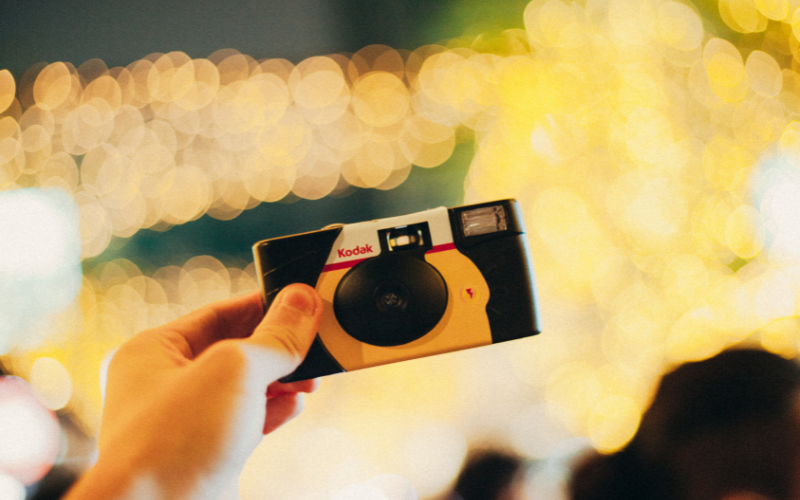
In a time when environmental consciousness and reducing our carbon footprint are paramount, the notion of disposable cameras seems quite out of place.
Single-use plastic cameras, enabling photo-taking, processing, and subsequent disposal, appear absurd. Particularly when most of us carry phones capable of capturing numerous photos, which can then be easily printed and delivered through online services. It’s that straightforward.
29. Paper Maps

Alright, maps may not be precisely considered a technology, but they did represent an impressive achievement in measuring and mapping during the good old days.
People worldwide relied on paper maps for navigation and exploration. However, the emergence of contemporary digital maps, powered by GPS and satellite imagery technologies, has nearly made traditional maps obsolete.
28. Cathode Ray Tube Televisions
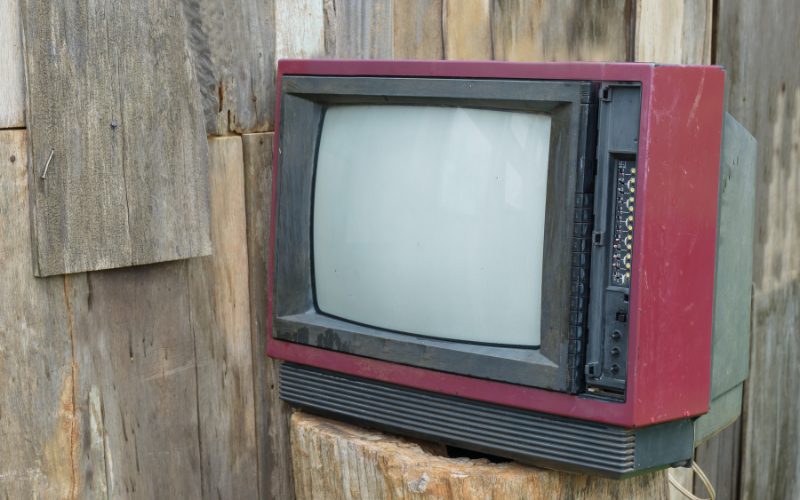
The scientific foundation of cathode ray tube televisions traces back to 1869, but it wasn’t until the mid-1920s that the technology found its way into an operational television set. These bulky televisions remained the norm for decades until technological progress and the introduction of LCD and plasma flat-screen televisions rendered CRT sets obsolete around 2007.
No longer do we experience the days of degaussing, tapping the side of a set to ensure proper functionality, or having to rise to manually change the channel.
27. Calculators

While undoubtedly still utilized in certain schools and offices, the modest calculator is a straightforward technology seemingly approaching the conclusion of its lifespan.
Given the availability of calculator apps on smartphones and tablets, alongside easily accessible calculators on computers and laptops, the demand for these standalone devices has dwindled considerably.
26. Vinyl Records

Vinyl records stand out as one of the earliest and enduring formats for preserving audio recordings, with a presence dating back to the late 1800s. Still in production today, vinyl records continue to hold a revered status among audiophiles and sound enthusiasts, even experiencing a recent resurgence in sales.
Vinyl earns its place on our list not due to obsolescence, but rather because of its remarkable resilience and refusal to fade away.
Play Trivia!
Challenge yourself and play trivia questions with answers and explanations.
25. GPS Navigation Systems
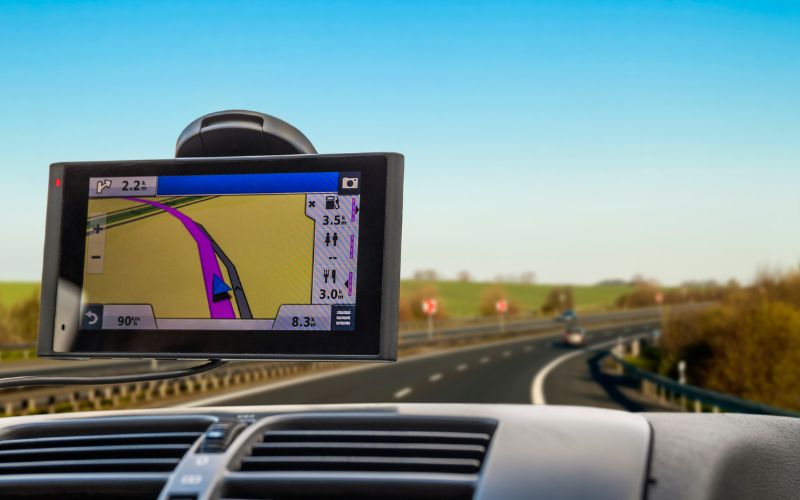
Numerous car manufacturers continue to incorporate them into new vehicles, but as an independent entity, GPS navigation technology is approaching obsolescence.
Contemporary smartphones, equipped with navigation apps like Google, Bing, and Apple Maps, are more than proficient in guiding individuals from point A to point B. Once again, progress in mobile technology has relegated older technologies to obsolescence.
24. Polaroid Instant Cameras
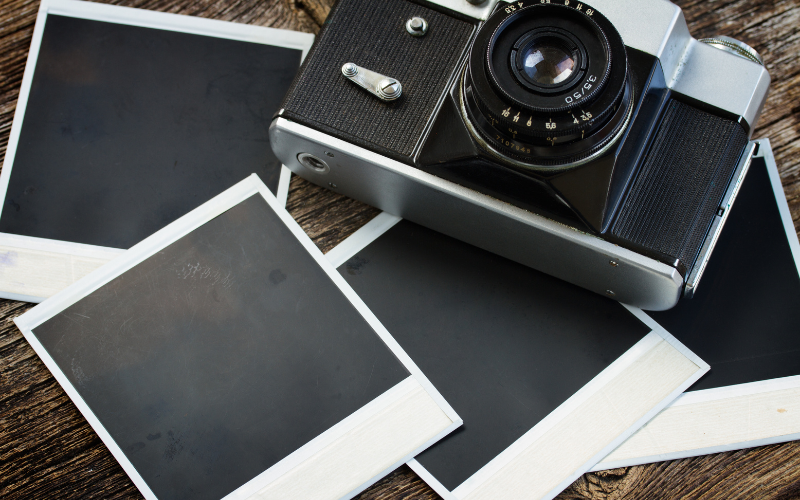
Debuting in the mid-1960s, Polaroid cameras initially stood out as a technological marvel, offering users the ability to view their photos within seconds of capturing them, eliminating the need for external development. For years, Polaroid instant cameras served as a marvelously convenient yet somewhat pricey tool in the world of photography.
However, with the ascent of digital cameras and smartphone photography in recent years, Polaroid’s technology has become more of an indulgence, leading to declining sales and prompting the company to file for bankruptcy twice.
While Polaroid cameras and films are still available for purchase, their market presence is niche at best.
23. Film Cameras

The conventional film camera has largely faded from the mainstream due to the prevalence of digital cameras in the modern age.
Gone are the days of depending on film reels or making trips to local shops for processing. Digital cameras, SD cards, and contemporary computing systems enable us to capture photos effortlessly and view instant results with significantly less inconvenience and expense.
While professional photographers and enthusiasts seeking a retro touch may still opt for film cameras for specific artistic purposes, the majority have moved on to digital alternatives.
22. Daisy Wheel and Dot-matrix Printers

Preceding the era of laserjet and inkjet printers, a variety of black-and-white printers existed, essentially representing a modest advancement from typewriters.
Though sluggish and unwieldy, these printers managed to get the job done, even if their operation was accompanied by a considerable amount of noise.
21. Betamax
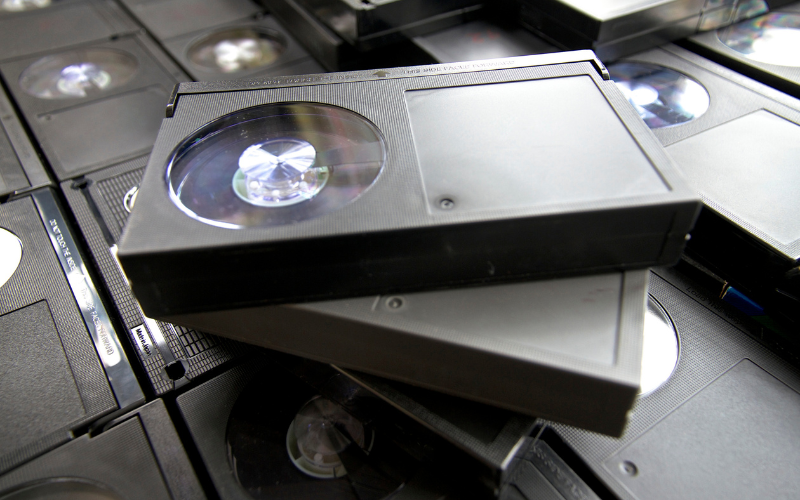
Debuting in 1975, Betamax marked the initial consumer-level video cassette tape format, crafted by Sony. It reigned as the standard for magnetic videotape until the emergence of the VHS format, which dominated in the 1980s, rendering Betamax obsolete.
Remarkably, Betamax recorders were in production until 2002, and the cassettes remained available until 2016.
Read More Fun Facts
Learn more fun facts with Trivia Mastermind content.
20. Walkman, Discman and MP3 players

Various formats of portable music players emerged over time to cater to the prevailing musical medium, encompassing portable cassette players (notably Sony’s “Walkman”), portable CD players (such as Sony’s “Discman”), Minidisc players, and MP3 players.
Each of these portable music player formats eventually became obsolete with the advent of more technologically advanced alternatives. Nevertheless, each had its merits. We harbor both fond and exasperating memories associated with these players, from wrestling with Walkmans to rescue a chewed-up tape to the struggle of fitting a portable CD player into a coat pocket.
19. Analogue and Dial-up Modems

In the era preceding contemporary broadband and 4G networks, during the infancy of the internet, our access to the World Wide Web relied on analogue and dial-up modems.
These technological wonders necessitated an available phone line and a considerable amount of patience to establish a connection. If a call came through while you were online, the connection would be instantly lost. Web browsing was sluggish and arduous, yet it held a certain beauty and hinted at the promising future we now inhabit.
18. MiniDisc Players
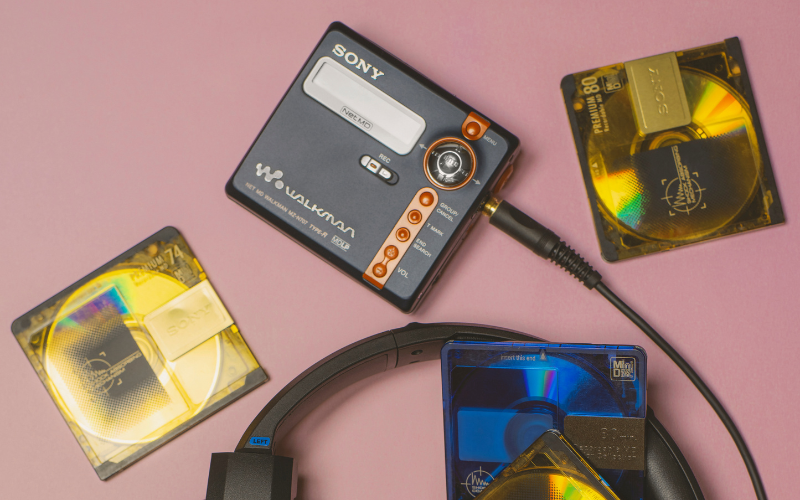
The MiniDisc, among the less favored optical-based digital storage formats, boasted a substantial capacity of up to 1GB, accommodating approximately 45 hours of audio in a compact form. Introduced during the era when CDs were predominant, it faced challenges in gaining widespread popularity.
The decline of MiniDisc sales commenced with the rise of MP3 players, ultimately leading to its demise as a format in 2011 when Sony, the primary manufacturer, ceased production.
17. Slide Projectors
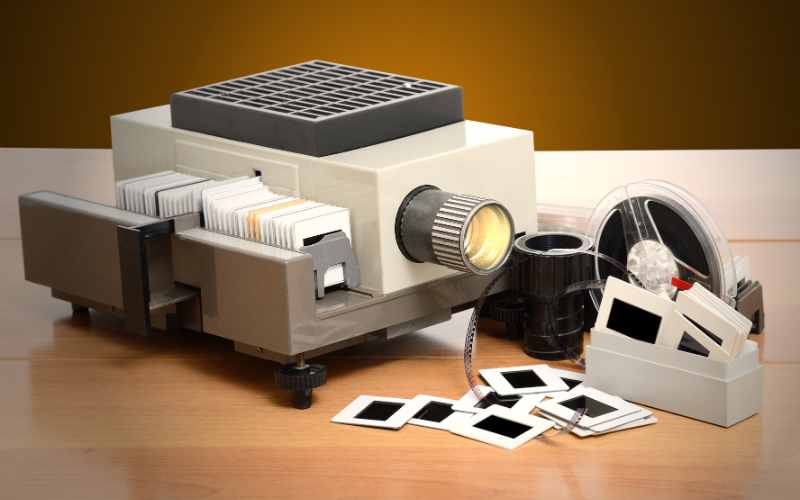
In the 1950s, a type of projector emerged as a favored home entertainment option. These projectors were employed to present slide shows featuring individual frames of images, displayed one frame at a time. Typically, they showcased snapshots from family holidays or special occasions.
The relevance of slide projectors waned with the increased affordability and accessibility of video projectors.
16. Typewriters

The modest typewriter, the rudimentary forerunner of the modern computer, was once a technological marvel. A leap beyond paper and pen, it ushered in a realm of opportunities for those aspiring to create novels, chronicle history, or compose propaganda.
Although the groundwork for the typewriter was established as early as 1575, it is seldom employed in today’s world dominated by computers, laptops, and tablets.
Play Trivia!
Challenge yourself and play trivia questions with answers and explanations.
15. Portable Dictation Devices
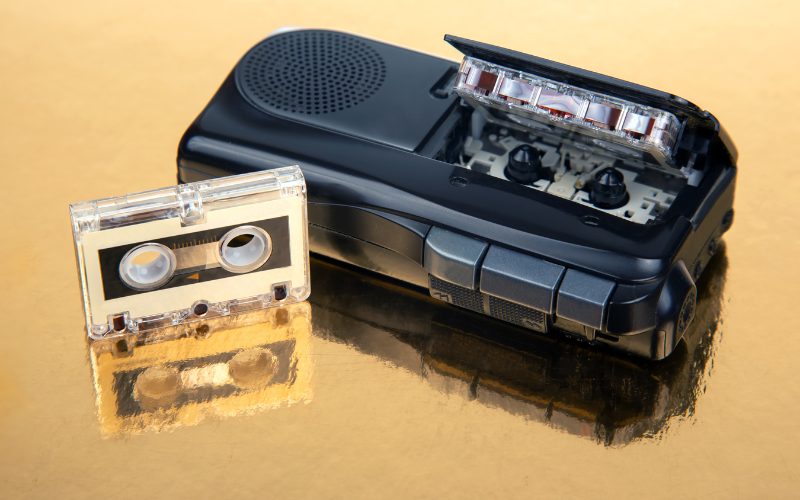
Dictation devices, commonly known as “Dictaphones” due to the brand name that became synonymous with them, were available in diverse formats and utilized various data mediums, including cassette tapes, Mini-cassettes, and Micro-cassettes. Primarily employed to record interviews, conversations, and lectures for subsequent note-taking or write-ups.
Over time, each iteration became obsolete as the respective storage medium faded from popularity. While digital dictation devices persist, even they are on the brink of obsolescence as most mobile phones now offer comparable functionality, eliminating the necessity for a separate standalone device.
14. Portable DVD players

As DVD technology gained prominence and its underlying technology became more affordable, coupled with the continuous reduction in processor sizes and improvements in screen technology, the emergence of portable DVD players was almost inevitable.
Nevertheless, the limited disc size and battery life quality hindered the widespread adoption of DVD players, initially hindered by their prohibitive cost. Presently, with the convenience of streaming video readily available through mobile phones and tablets, the demand for portable DVD players has become virtually obsolete.
13. Phonebooks

Not exactly a technology, but unquestionably eclipsed by technological progress, the humble phonebook falls into obsolescence.
These hefty paper directories encompassed residential and business listings, providing all the phone numbers one might require. Now supplanted by the internet, these phonebooks stand as relics from a bygone era, even though we occasionally find them delivered to our front doors.
12. Overhead Projectors

A timeless fixture in classrooms, the overhead projector was a straightforward yet marvelous tool for displaying images, text, and drawings on a suitable screen.
Instead of paper, transparent sheets of acetate allowed presenters to transfer their presentations onto the screen before the class. While they may still linger in certain classrooms, these projectors have probably been eclipsed by contemporary projection technology and computers.
11. Video Home System (VHS)
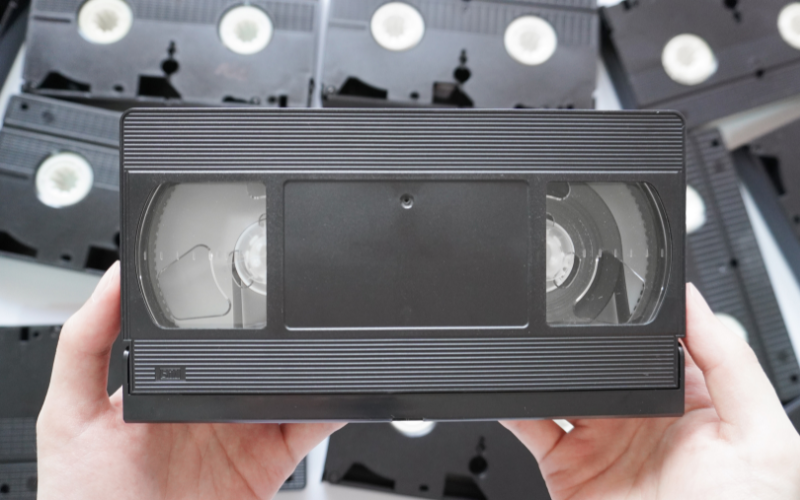
During the late ’80s, VHS cassette tapes emerged as the prevailing standard for home video. Whether employed to capture family memories or rented from the local video store for a viewing of the latest blockbuster, these compact reels of magnetic tape encased in plastic brought delight far and wide. However, the joy could quickly turn to frustration if someone neglected to rewind a rented tape or if a sibling inadvertently recorded over your copy of Terminator 2.
The ascent of DVDs marked the gradual decline of VHS, and by 2008, DVDs had supplanted VHS as the preferred video technology for both recording and film distribution.
Read More Fun Facts
Learn more fun facts with Trivia Mastermind content.
10. Compact Cassette Tape

The audio counterpart to VHS and Betamax cassette tapes was the compact cassette tape, making its debut in 1968. Utilizing magnetic tape technology, compact cassettes democratized affordable audio access. They served as writable tapes for recording (via devices like dictaphones or boomboxes) or as pre-recorded cassettes featuring music albums. Additionally, cassettes found use as a storage medium for early home computers.
While cassette tapes gained prominence in the ’80s, they succumbed to the superior sales of compact discs in the ’90s, establishing the latter as the standard format. Nevertheless, cassette tapes endured, with their decline commencing around 2001, particularly in pre-recorded formats. Blank tapes continued to be available until 2012, with cassette tape sales peaking at a remarkable 442 million in the US alone during their heyday.
9. Fax Machines

The unassuming fax machine served as a contemporary iteration of the telegram, facilitating the transmission of scanned documents between individuals and businesses for many years. The recipient would experience the delight of a printed copy emerging from their machine, all made possible through the transmission of audio frequency tones deciphered at the receiving end.
Similar to numerous technologies on our roster, fax machines have largely faded into obsolescence with the advent of email, the internet, and advancements in computing technologies.
8. Floppy Disks
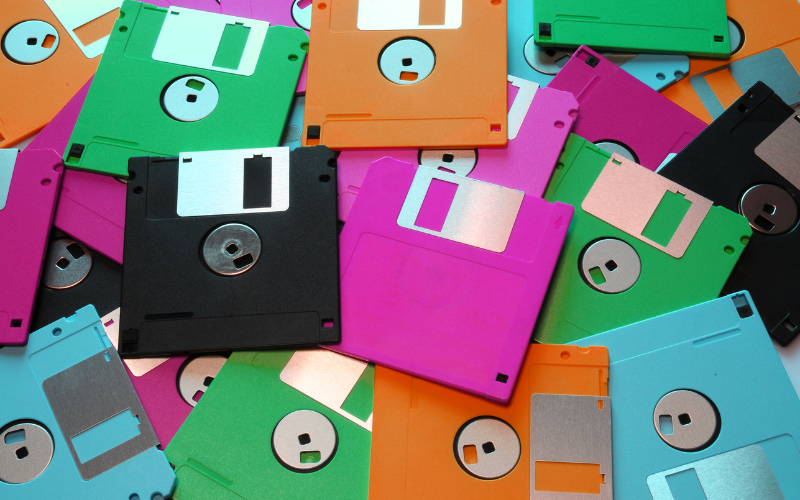
Floppy disks, a data storage medium originating in the 1970s, began with the 8-inch version, holding a modest 80 kilobytes of data. Over time, as the disks reduced in size, their storage capacity increased, reaching a respectable 1.44 MB with the 3.5-inch floppy disk by the mid-1980s.
Regrettably, floppy disks were susceptible to magnetic interference and heat, making them prone to corruption. By the 1990s, the growing size of software necessitated numerous disks for most applications—Adobe Photoshop, for instance, required over a dozen disks to operate—leading to the ascendancy of CD-ROMs. Today, the floppy disk lingers on merely as the iconic save symbol in most software applications.
7. Digital Versatile Disc (DVD)
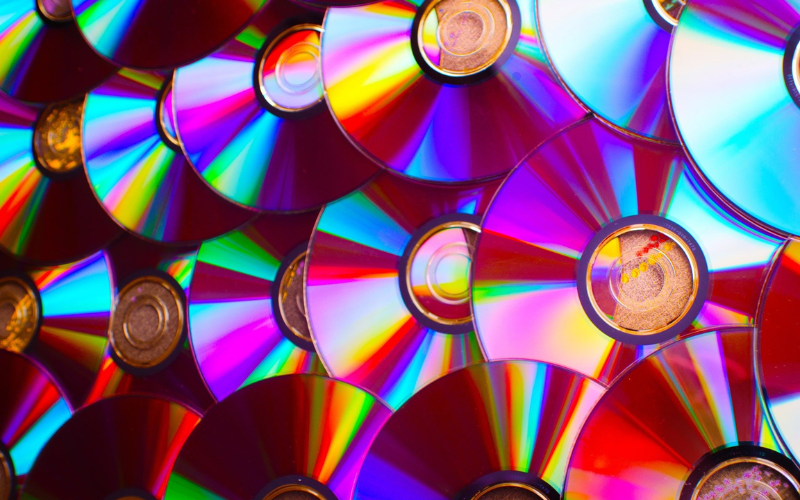
The DVD marked the advancement of the digital video format, collaboratively developed by tech giants Panasonic, Philips, Sony, and Toshiba. Boasting substantial storage capacity, it became a versatile medium for computer files, software, and high-quality video. The DVD offered numerous advantages over preceding magnetic storage formats, featuring not only increased storage space but also durability, theoretically allowing for a lifespan of up to 100 years.
However, with the advent of faster internet speeds, video streaming technology, and superior formats like Blu-ray and even 4K Ultra HD Blu-ray, the DVD appears to be approaching the conclusion of its lifespan. Additionally, alternative DVD formats such as the 1080p-capable HD-DVD, positioned as a Blu-ray competitor, failed to gain traction, reminiscent of the fate of the legendary LaserDisc.
6. LaserDisc
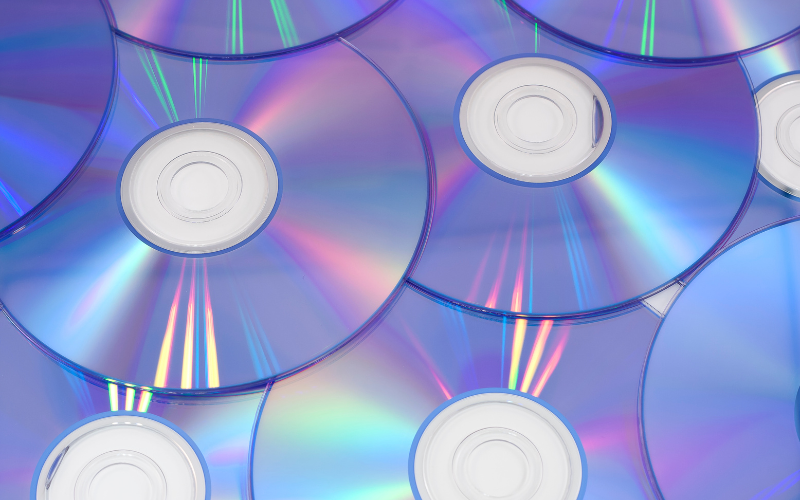
LaserDisc, a technology niche primarily embraced by videophiles and film enthusiasts, emerged as the inaugural optical video storage format in 1978. Despite delivering superior video quality compared to VHS and Betamax, LaserDisc failed to attain widespread popularity, mainly due to the cost of the players.
The technology behind LaserDisc served as the cornerstone for subsequent formats like compact discs, DVDs, and Blu-rays. Although never achieving mainstream success, the format endured until 2001 when the final video titles were released. In total, 16.8 million LaserDisc players found homes across the globe.
Play Trivia!
Challenge yourself and play trivia questions with answers and explanations.
5. Personal Digital Assistant (PDA)

The precursor to today’s mobile phones, the personal digital assistant, provided restricted access to many contemporary features we now take for granted, such as internet access, word processing, touchscreen functionality, and more.
Their popularity dwindled swiftly as smartphones gained traction, but prior to that shift, they held a prominent place among businessmen worldwide.
4. Pagers and Beepers

Pagers, originally conceived and constructed in the 1950s, didn’t truly capture public interest until the 1980s. These one-way communication devices found frequent utility among emergency services, doctors, and safety personnel, providing constant accessibility even in the absence of a landline telephone.
The advent of smartphones in the early 2000s marked a decline in pager and beeper usage. However, owing to their durability, resilience, and superior coverage, they persisted for several more years. As an illustration, Canada was still allocating as much as $18.5 million for its pager service in 2013.
3. Dumb Phones

In the era of smartphones, these vintage mobile phones were essentially limited to making calls, sending text messages, and, if you were fortunate, indulging in a game of Snake.
Today, they stand as relics of the past, nearly obsolete. Serving as precursors to modern mobile devices, they were incredibly practical in their heyday, boasting the ability to run for days without needing a charge—a feature we now long for.
2. Rotary Telephones and Wired Landlines
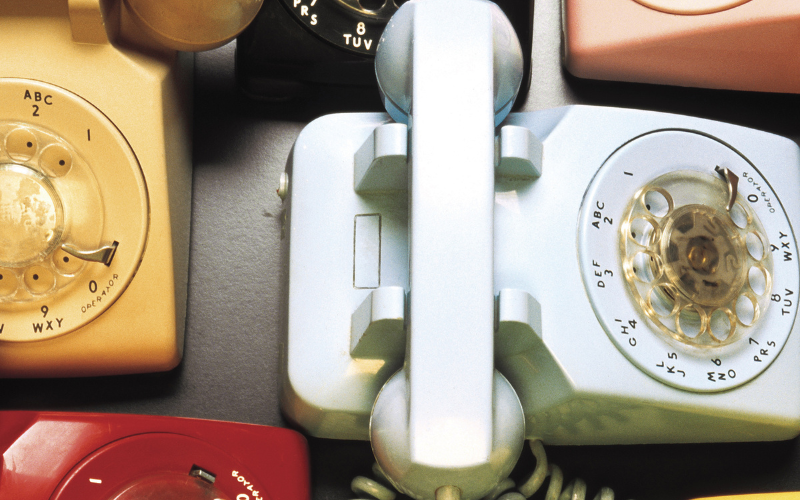
Yet another technological relic on the brink of obsolescence, ousted by the portable computer we carry in our pockets. The wired telephone, with roots tracing back to 1844, has undergone numerous iterations, each now consigned to the annals of history.
One notable variant was the rotary dial telephone, where users had to manually spin the dial for each digit when dialing a phone number. However, aside from the occasional novelty, rotary phones have become obsolete. Wired landlines are now trailing behind as contemporary smartphones are readily available, offering greater personalization and affordability.
1. Public Telephone Booths

The once-iconic phone booth, a symbol of telephone history, has transformed into a mere tourist spot or a refuge from the chill. The advent of mobile phones has rendered public phone booths obsolete—why bother with a coin-operated telephone when you carry one in your pocket?
Conclusion
As we wrap up our exploration of 35 recently obsolete technologies from pop culture, it’s both a reflective and forward-looking moment. These relics of the past, once integral to our daily routines, are now artifacts of a bygone era. Yet, their departure opens the door to new innovations and possibilities that continually shape our ever-evolving cultural landscape. While we bid adieu to the familiar, we eagerly anticipate what the future holds as technology propels us into uncharted territories, where the only constant is change itself.
Read More Fun Facts
Learn more fun facts with Trivia Mastermind content.
Play Trivia!
Challenge yourself and play trivia questions with answers and explanations.


